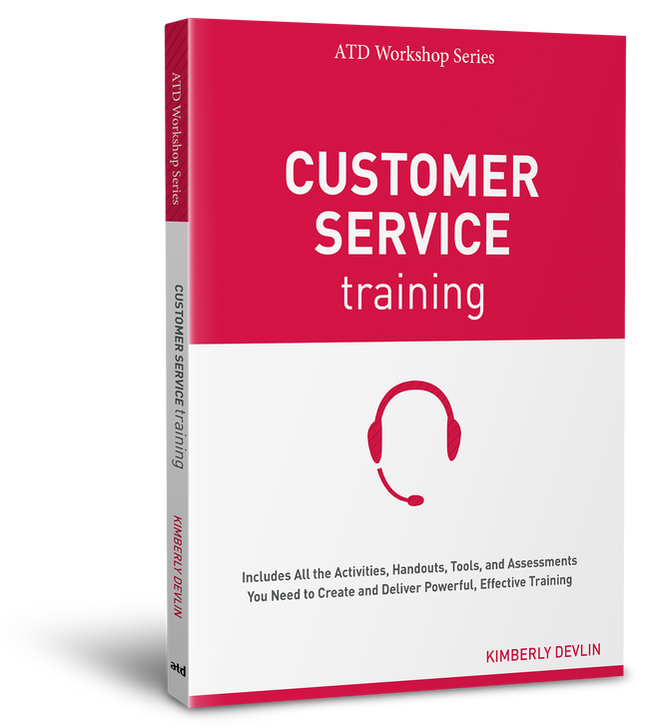|
You may know the story of a letter to the editor of a newspaper on customer service. In short, the newspaper reported that a local government agency would be committing significant resources to training on customer service. It was expected to be expensive for the agency and time consuming for the staff. A resident wrote the editor that he had the solution at a mere fraction of the cost: "Tell them to be nice."
As good as that advice is, is it enough? From my experience, it isn't. Even when service providers are doing all the "right things," there are a lot of displeased customers because service behaviors are only one part of the equation. Equally critical are service strategies and service systems. Employees empowered to, trained to, and supported in their efforts to improve their service delivery strategies can effect significant positive change on the customer's experience. And, organizations that are committed to examining and reengineering their service systems can achieve incredible outcomes, related to both the customer experience and profitability. |
This book is not limited to telling staff to be nice. Nor is it limited in focus to call center service situations. The workshops in it are applicable to any industry, to any employee, whether delivering service to external customers or to internal ones (think co-workers). The agendas and support materials are designed to:
- elicit specific techniques to manage challenging customers and situations
- provide practice using a four-step process appropriate to any service interaction
- prepare participants to respond to conflict
- explore the current service environment (individually and organizationally)
- shift employees' perspectives to that of the customer
- lead participants to identify customers' pain points and mitigate them
- guide participants to create mistake-proof techniques to avoid customer frustration
What is included?
|
